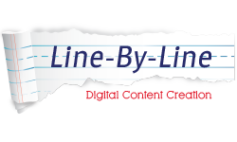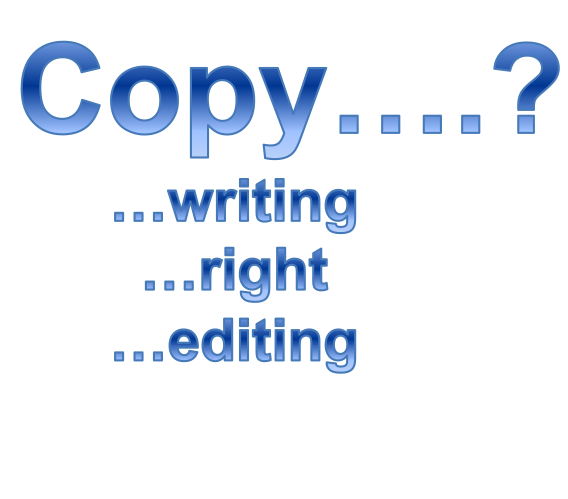When I tell someone I am a copywriter, I get a variety of responses. Some ask me if I am an author, some ask me if I’m an editor, and some ask me if I can help them obtain legal protection for an original work they’ve created.
Since I provide none of the above, there is obviously a lot of confusion about a language most professionals in the writing, editing and journalism worlds use and take for granted. I thought clarifying these terms was worthy of its very own blog post.
So here is a list of “copy” words you may have heard, and their proper definitions. This will help to ensure you understand the service you are getting when you ask for it.
Here is the first one:
Copywriting. Copywriting is a form of writing that encourages its reader to take a particular action. Commonly used in sales, business or for direct mail, copywriting has a purpose of engaging the reader, developing trust and persuading an outcome. Copywriting has a distinct call to action, usually at the end of the piece, which can be as simple as asking for an email address or as forward as asking to sell your product or service. Copywriting is a profession held by a copywriter (like me).
The second copy word has nothing to do with the publishing world, but is often mixed up in it anyway because it’s a homophone:
Copyright. A copyright, according to Merriam-Webster, is “the legal right to be the only one to reproduce, publish, and sell a book, musical recording, etc., for a certain period of time.”
This is protection for something you’ve created, and is not the function of a copywriter. The Attorney General’s Department administers copyright legislation. So although the word sounds the same and is only slightly spelled differently, it has an entirely different meaning than copywriting.
The third commonly confused copy term is completed after the work is written:
Copyediting. Copyediting is checking over and reviewing a document after it has been written. Copyediting ensures that an author’s text has correct spelling, grammar, punctuation and style, and is done by a copyeditor. A copyeditor is concerned with the structure; he or she will read a work to be sure the order is logical, there is no redundancy, and that the words flow smoothly. Copyediting is not the job of writer, but instead is the job of an editor.
The last “copy” word is the creation itself:
Copy. When a copywriter refers to copy, a noun, he or she is referring to the words they write or the document they are creating for publication. It is the original creation, not a duplicate or “copy” of another work. Copy is just the words without the graphics, photos or layout.
I hope this has cleared up the commonly confused “copy” words. If you have any additional questions or have another “copy” word not listed here, please feel free to contact me.
If you’d like to learn more about what a copywriter does or how one can benefit your business, feel free to contact me or join my email list below:

